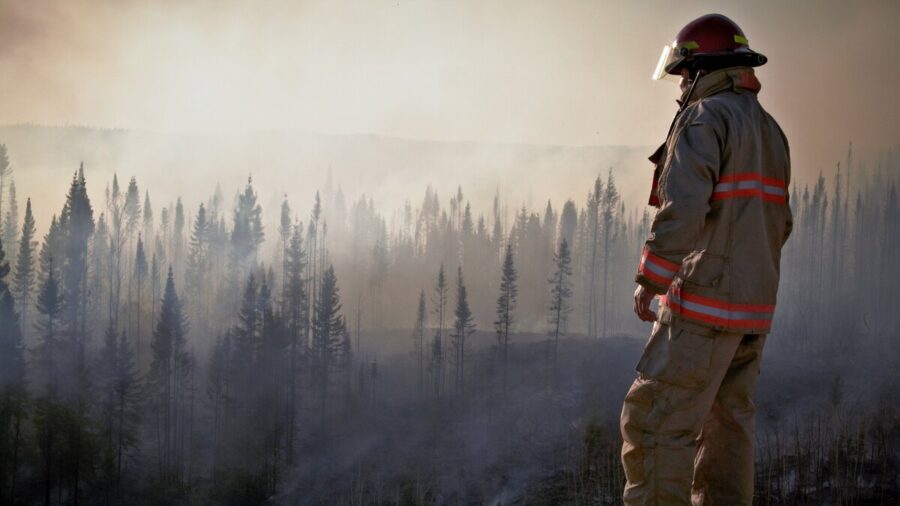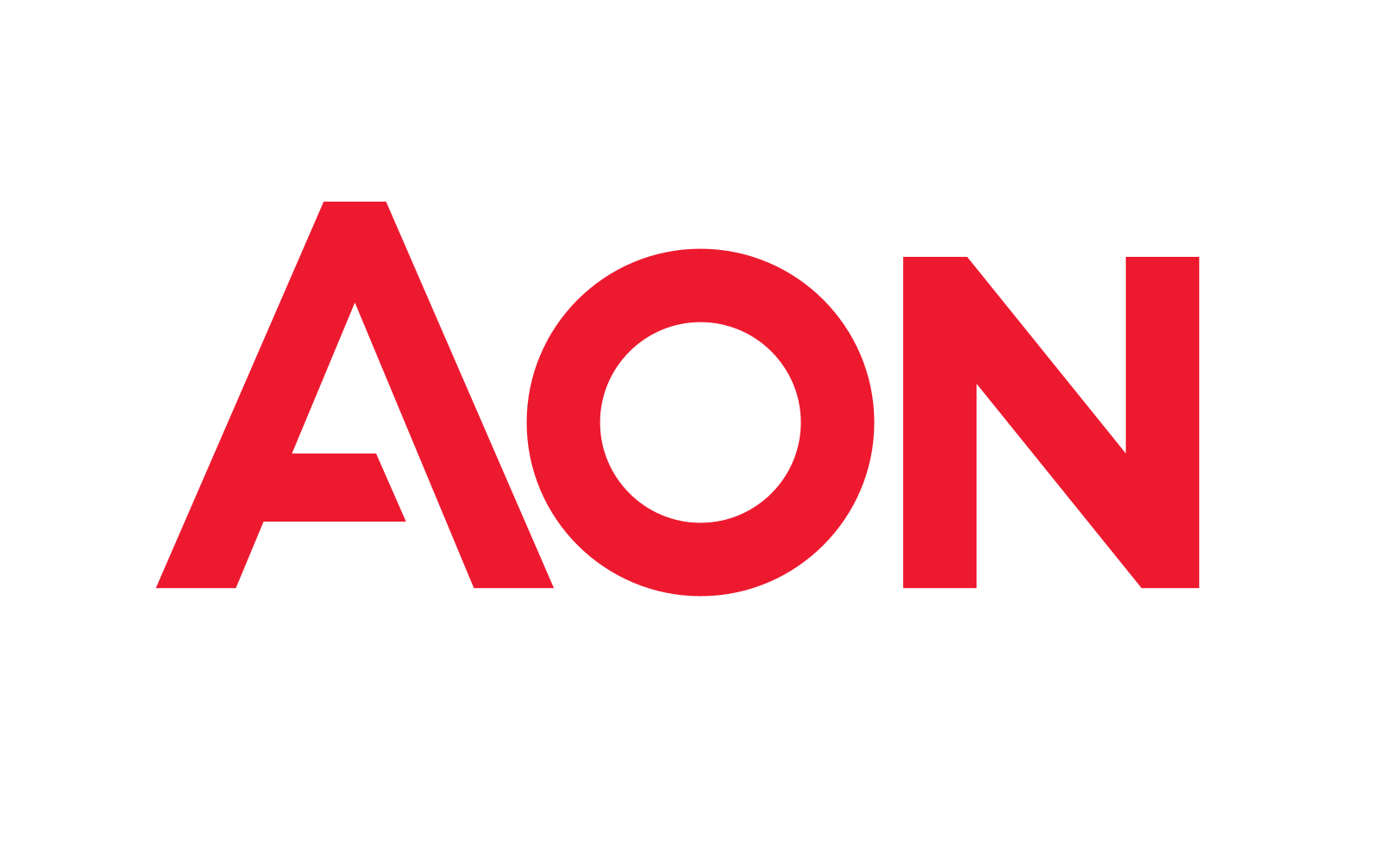
When Hurricane Ian made its devastating landfall in southwestern Florida last September, no one could have anticipated the financial fallout. The storm caused an economic loss of more than $95bn, and an insured loss of $50 to 55bn - representing the second costliest insured loss event on record globally, surpassed only by its infamous predecessor, Hurricane Katrina.
From wildfires and droughts to heatwaves and hurricanes, the rate at which catastrophic weather events occur is increasing. A staggering $300bn in economic losses were attributed to climate-driven perils last year, leading top economists to coin this defining decade the age of ‘The Great Volatility’.
The indiscriminate nature of climate catastrophes has made one thing clear: no business is an island, and collaboration between public, private and societal forces will be critical to executing successful resilience strategies.
Collaborations on catastrophe risk modelling
In 2022, the ‘protection gap’ – the percentage of global economic losses from natural catastrophes not covered by insurance – stood at 58%, according to recent research from Aon. Despite increasingly prolific climate threats, the company’s annual Weather, Climate and Catastrophe Insight Report revealed a vast amount of uninsured risk across sectors.
Risk management and mitigation strategies are essential components of sound governance and operational integrity. Critically, as climate concerns take centre stage, cross-industry collaboration will play a pivotal role in helping communities, governments and businesses to increase their resilience to catastrophe events.
Dan Dick, global head of property analytics at Aon’s Reinsurance Solutions, believes that this process begins with obtaining the best possible understanding of these events, often through cutting-edge technology. “Just as we need new ways to protect against climate change, we also need a new approach to understand the risks,” he says.
Although the insurance industry already implements catastrophe risk modelling to assess the potential physical impact of events before they occur, there is now a demand for models that will project further into the future, offering a holistic picture of possible socio-economic outcomes.
Just as we need new ways to protect against climate change, we also need a new approach to understand the risks
Beyond the physical consequences of extreme weather events, researchers are now exploring how human behaviour and policy action may limit or aggravate the damage done. Comprehensive risk data can effectively mitigate severe losses that threaten insurers’ solvency and their obligations to their customers and communities.
Dick describes how a better and more extensive application of climate-related modelling will help private and public corporations become more sustainable, allowing them to make more informed decisions around future risk mitigation strategies. “We‘ve adopted a new way of understanding risk so we can better help our clients manage it,” he explains. “Instead of only taking academic research and interpreting it to enable us to develop our solutions, we are funding the ongoing research into the impact of climate change on certain perils to help generate better information and insights for forward-looking models.”
Aon’s collaborations with universities and colleges feed emerging research directly into the insurance industry to inform new approaches to underwriting risk. Dick acknowledges that not all risk can be mitigated. However, evidence-based insights from leading academic collaborators will be a boon to business rebuilding in the aftermath of catastrophic events.
Dick explains: “That collaboration extends beyond research partnerships because we encourage our research partners to publish their findings in the public domain rather than keeping them for our own, private use.” Crucially, knowledge is power, and responses to natural disasters benefit from a wealth of information. “This way, climate perils can be better understood – and responded to – in a holistic way,” he continues. “These collaborations recognise climate change as a global problem and that better understanding will allow us to help our clients make better decisions around climate risk.”
In practice, the traditional proprietary approach to building solutions is now being augmented by powerful academic research that helps to enrich the knowledge used across markets. Aon’s own Impact Forecasting team is building catastrophe modelling solutions by using such collaborative research to inform model development.
For instance, in the wake of Hurricane Ian, analysts and engineers confirmed that window shutters rated for high wind pressure and debris impacts were critical to structure survivability. Targeted insights such as these can help to evolve or reinforce existing building regulations, such as the Florida Building Code, which since 2009 has required most homes in Southwest Florida to have window protection.
Proactive approaches to climate risk
For insurance companies, explaining the ‘why’ and ‘how’ behind risk strategies is imperative, not only for compliance purposes but to take action and effect meaningful change in response to evolving risk.
Reduced risk means two things: costs come down, and resilience gets a bump. Moreover, added resilience makes way for sustainable innovation. For businesses and communities, this goes beyond the scope of protection against losses from storm damage. Understanding climate change risk can encourage the adoption of low-carbon technologies and renewables that can mitigate the damage toll of future disasters.
Aon’s research puts the scale of the disruption to communities, governments and businesses into perspective. Australia and South Africa recorded their costliest insurance events last year; Europe saw 19,200 heat-related fatalities; and Windstorm Eunice claimed $3.4bn in insured losses. Rebuilding after such devastation is always urgent, offering little time for planning.
And between a global pandemic and ongoing economic volatility, budgets must be factored into response capabilities according to insurance payouts and government assistance.
Dick espouses a more proactive approach to dealing with risks where insights about climate change can help clients expedite decision-making when disaster strikes. “Preparing for climate risks – particularly in business – can begin long before any loss,” he says. “Take real estate, for example, which is heavily carbon reliant. By incorporating potential changes into the ongoing maintenance of a building, change can be planned for sustainably and within a budget.”
He continues: “These changes could be the addition of solar arrays to roof spaces, using rainwater capture for internal use and to reduce runoff, or finding alternatives to an ageing air conditioning system. These innovations can contribute to a more sustainable and resilient future.”
Implemented properly, proactive climate risk management has the potential to inform all stages of planning. Dick notes its capacity to drive governance standards, bolster ESG compliance and engagement, and transform a business into a sustainable organisation with a continually improving risk management mindset.
In early 2023, the world has witnessed extreme flooding in Auckland and devastating storms across the south-central United States. As climate disruptions continue, collaboration between industry, clients, government agencies and NGOs will be essential to delivering relevant coverage and risk management strategies to forge more sustainable future for climate innovation.
For more information, vsit aon.com

